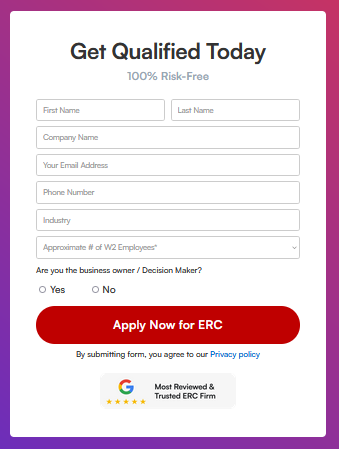Commercial real estate lending is an important aspect of the real estate industry, as it provides financing for the development, acquisition, and refinancing of commercial properties. In recent years, there have been several trends that have emerged in commercial real estate lending that are shaping the way deals are structured and financed. These trends are driven by changes in the market, regulatory reforms, and advancements in technology. Here are some of the latest trends in commercial real estate lending:
1. Non-traditional lenders: In recent years, non-traditional lenders such as private equity funds, family offices, and peer-to-peer lending platforms have become increasingly active in the commercial real estate lending space. These lenders typically offer more flexible terms and faster approval processes than traditional banks, making them attractive options for borrowers looking for quick financing solutions.
2. Increased competition: With the rise of non-traditional lenders and the overall growth of the commercial real estate market, competition among lenders has intensified. This has led to lower interest rates, more favorable terms, and increased leverage for borrowers. Lenders are also becoming more creative in structuring deals to meet the needs of borrowers and differentiate themselves from their competitors.
3. Rising interest rates: As the economy continues to recover and interest rates begin to rise, lenders are adjusting their underwriting standards and pricing to account for the increased cost of borrowing. This has led to more conservative lending practices and a greater emphasis on risk management among lenders.
4. Technology and data analytics: Advances in technology and data analytics have transformed the way lenders evaluate and underwrite commercial real estate loans. Machine learning algorithms and artificial intelligence tools are being used to automate the underwriting process, improve risk assessment, and streamline decision-making. This has enabled lenders to process loan applications faster and more efficiently, leading to quicker approvals and closings for borrowers.
5. Sustainability and green financing: With a growing focus on sustainability and environmental responsibility, lenders are increasingly offering green financing options for commercial real estate projects. This can include loans for energy-efficient building upgrades, sustainable construction practices, and renewable energy installations. Borrowers who prioritize green building practices may be eligible for discounted interest rates or other incentives from lenders.
Overall, the commercial real estate lending landscape is evolving rapidly, with new players entering the market, increased competition among lenders, and advancements in technology changing the way deals are structured and financed. By staying informed about these latest trends, borrowers and lenders can make more informed decisions and navigate the complex world of commercial real estate lending with confidence.








